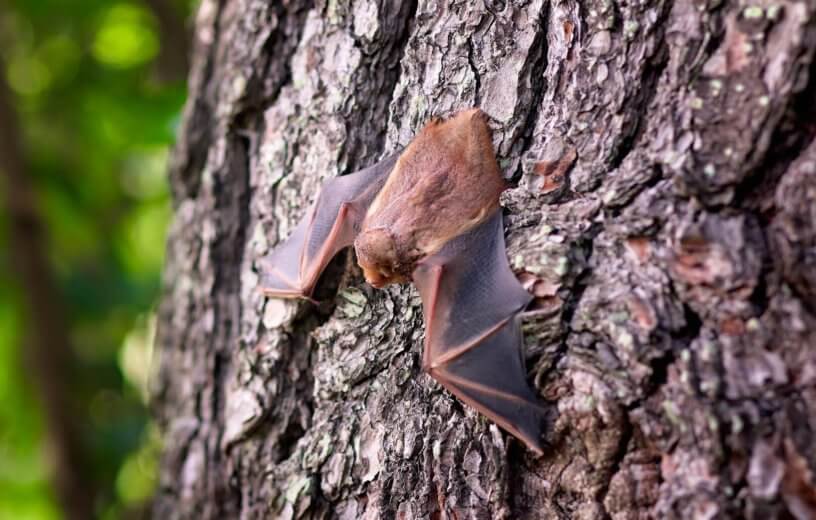Scientists say their research efforts, however, are slowed by Mexican drug traffickers taking over regions that are home to field sites.
QUEENSLAND, Australia — It turns out Dracula may have some good in him after all. Australian scientists say the venom from vampire bats may pave the road to new treatments for a slew of medical conditions.
But that road, they note, has also been dealt some bumps in the form of dangerous Mexican drug traffickers.

The authors believe the new research, led by a team at The University of Queensland, prove that the creepy, blood-drinking mammals have more to offer humans than hair-raising lore. A new class of blood pressure-regulating peptides in the venom from the vampire bats may help “revolutionize treatments” for ailments including hypertension, heart failure, kidney diseases, and burns.
“The peptides are mutated forms of the Calcitonin Gene Related Peptide (CGRP), used by our bodies to relax blood vessels,” says co-author Bryan Fry, an associate professor at the university’s School of Biological Sciences, in a release. He notes that the peptides are even more therapeutic than the CGRP and have fewer side effects.
“This could potentially help doctors in the treatment of a range of disorders featuring heightened pressure in small blood vessels,” he adds, “or may be able to improve blood flow to damaged or transplanted tissue such as skin grafts.”
And while the team hopes to continue its research and develop powerful treatments, Fry and his team say criminal activity at the Mexican field site where the vampire bat specimens are found has delayed their work.
“We can’t access our original field site in Mexico anymore, because we’re told that region has been taken over by drug traffickers,” says Fry. “It’s now too dangerous for even my Mexican colleagues to go there, let alone a gringo like me.”
The team is now looking for new field sites that don’t pose a threat to the scientists and their research.
“Once we do that we’ll be on track to find new peptide variations and potential wonder drugs, helping improve and save lives,” says Fry. “This discovery is another example of why it’s so important to broadly protect nature, since we can’t predict where the next great biologically sourced drug discovery is going to come from.”
The study was published in the journal Toxins.
